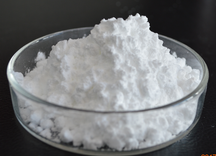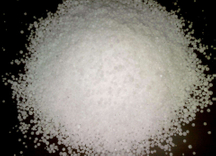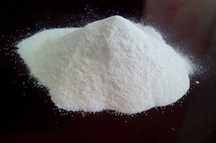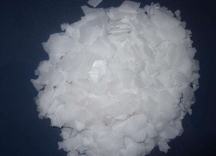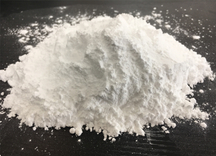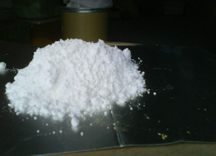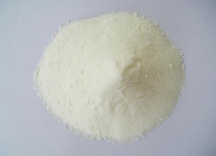Dimethyl carbonate (DMC) and dimethyl sulfide (DMS) are two distinct chemical compounds with varying properties and applications. While both compounds have industrial and commercial uses, they differ significantly in terms of safety considerations. In this article, we will conduct a safety comparison between dimethyl carbonate and dimethyl sulfide, shedding light on their respective hazards, exposure risks, and safety precautions.
Understanding Dimethyl Carbonate (DMC)
Properties
Dimethyl carbonate is a clear, colorless liquid with a slightly sweet odor. It has the chemical formula C3H6O3 and is characterized by the presence of three carbon atoms (C), six hydrogen atoms (H), and three oxygen atoms (O) in its molecular structure. Key properties of DMC include its low toxicity, high boiling point, and biodegradability.
Applications
DMC finds applications in various industries, including the pharmaceutical sector, lithium-ion battery production, and as a green solvent in chemical processes. It is known for its environmentally friendly attributes and safety in handling.
Understanding Dimethyl Sulfide (DMS)
Properties
Dimethyl sulfide is a volatile organic compound with the chemical formula (CH3)2S. It is a colorless to pale yellow liquid with a pungent odor. DMS is characterized by its high vapor pressure and low boiling point, which contribute to its strong odor.
Applications
DMS is primarily known for its natural occurrence in the environment, especially in marine environments. It is released by certain marine organisms and plays a role in the characteristic "sea smell." While DMS has limited industrial applications, it is primarily studied for its role in atmospheric chemistry and its impact on climate.
Safety Comparison
Toxicity
Dimethyl Carbonate (DMC): DMC is considered to have low toxicity. It is not classified as a carcinogen, and its acute exposure is generally not associated with severe health effects. However, prolonged or repeated exposure to DMC vapor or mist can irritate the respiratory system and skin. Protective measures, such as wearing gloves and using proper ventilation, are recommended when handling DMC.
Dimethyl Sulfide (DMS): DMS is classified as a volatile organic compound (VOC) and is generally recognized as safe at low concentrations. However, DMS is known for its strong odor, which can be irritating to the eyes, nose, and throat at higher concentrations. Inhaling high levels of DMS vapor may lead to respiratory irritation and discomfort.
Flammability
Dimethyl Carbonate (DMC): DMC is not highly flammable, but it can form flammable vapor-air mixtures under certain conditions. It has a relatively high flash point, which reduces its fire hazard.
Dimethyl Sulfide (DMS): DMS is flammable and can ignite in the presence of an open flame or spark. It has a low flash point, which makes it more susceptible to combustion.
Environmental Impact
Dimethyl Carbonate (DMC): DMC is biodegradable and does not persist in the environment. It is considered environmentally friendly and is used in green chemistry practices.
Dimethyl Sulfide (DMS): DMS is naturally produced in marine environments and contributes to the sulfur cycle in the oceans. While it is not considered hazardous to the environment, its role in atmospheric chemistry can lead to the formation of aerosols and cloud condensation nuclei, impacting climate.
Safety Precautions
Dimethyl Carbonate (DMC)
Personal Protective Equipment: When handling DMC, wear appropriate personal protective equipment, including gloves, safety goggles, and protective clothing.
Ventilation: Use DMC in well-ventilated areas to minimize exposure to vapor or mist.
Avoid Inhalation: Avoid breathing in DMC vapor or mist. If working with DMC in an enclosed space, use respiratory protection if necessary.
Dimethyl Sulfide (DMS)
Odor Detection: DMS is readily detectable by its strong odor. Ensure proper ventilation when working with DMS to prevent exposure to high concentrations.
Avoid Open Flames: Due to its flammability, avoid open flames, sparks, or other potential ignition sources when working with DMS.
Protective Measures: Use appropriate personal protective equipment, such as gloves and eye protection, when handling DMS.
Conclusion
Dimethyl carbonate (DMC) and dimethyl sulfide (DMS) are two chemical compounds with distinct properties and applications. In terms of safety, DMC is generally considered to have low toxicity and is used in various industries, including pharmaceuticals and lithium-ion battery production, where safety is a priority. On the other hand, DMS is known for its strong odor and limited industrial applications, primarily in atmospheric chemistry research.
It is essential to understand the specific hazards and safety precautions associated with each compound when handling or working with them. Proper safety measures, including the use of personal protective equipment and appropriate ventilation, are crucial to minimize risks and ensure safe handling of these chemicals.










